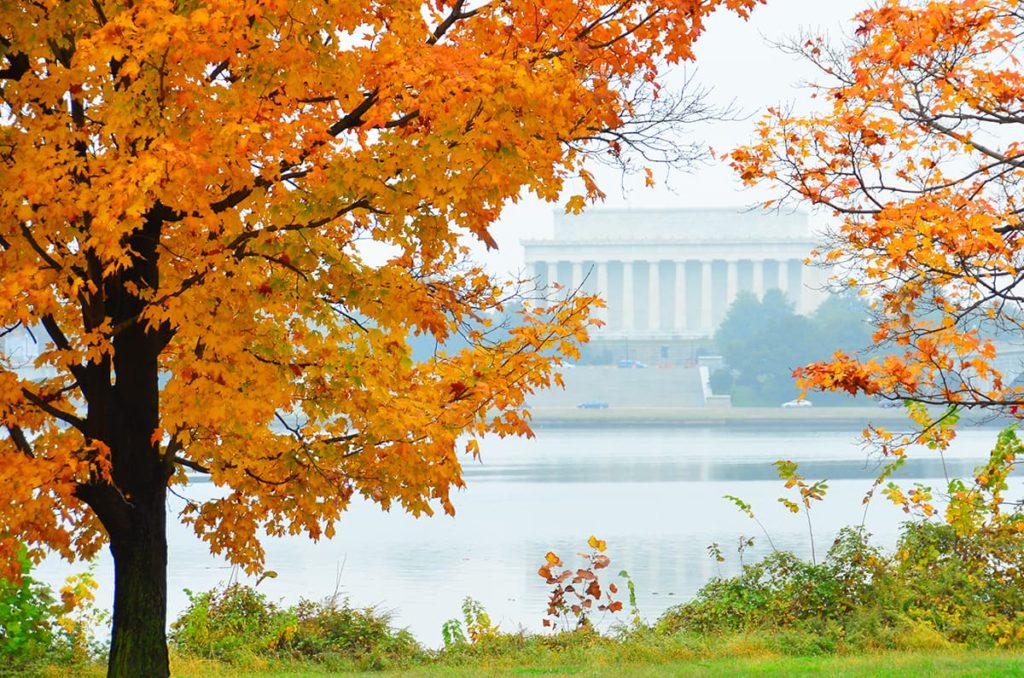
The Senate is on a State work break this week which includes the Veterans’ Day holiday on Thursday. The House of Representatives is not holding votes this week but a handful or so of Committee hearings are scheduled for Tuesday and Wednesday.
Roll Call tells us that
Buoyed, finally, by forward movement on a larger package of President Joe Biden’s domestic priorities, the House late Friday cleared a Senate-passed bipartisan infrastructure bill that pours billions of dollars into roads, bridges, water systems, transit and broadband.
The long-awaited House vote sends the bill, which passed the Senate in August, to Biden for his signature.
The House vote was 228-206, with 13 Republicans backing it despite GOP leadership whipping against the bill. All but six Democrats voted for the measure, despite the House not voting in tandem on the larger budget reconciliation package as progressives had demanded for months.
Instead, Democrats were forced to accept a vote to adopt the rule that sets debate parameters on the reconciliation bill as a sign of progress on that measure.
Under that rule, the House is expected to vote on the social spending / climate budget reconciliation bill during the week of November 15. The additional week is expected to allow the Congressional Budget Office to release its report on this massive spending bill
With respect to the infrastructure bill the Wall Street Journal explains that ‘
The $1 trillion package would invest in refurbishing aging roads, bridges and ports; easing transportation bottlenecks; replacing harmful lead pipes; expanding internet access; upgrading the nation’s power grid; and boosting infrastructure resilience amid growing concerns over climate change. The spending is to be paid for with a variety of revenue streams, including more than $200 billion in repurposed funds originally intended for coronavirus relief but left unused; about $50 billion from delaying a Trump-era rule on Medicare rebates; and $50 billion from certain states returning unused unemployment insurance supplemental funds.
From the COVID vaccine mandate front, the Wall Street Journal reports that the U.S. Court of Appeals temporarily stated the OSHA vaccination screening program rule applicable to private sector employers with 100 or more employees plus the Postal Service.
A three-judge panel on the New Orleans-based Fifth U.S. Circuit Court of Appeals granted an emergency stay prohibiting enforcement of the rules for now, saying they raise “grave statutory and constitutional issues.” The Fifth Circuit said it would quickly consider whether to issue an injunction against the vaccine and testing requirements, ordering the Biden administration to file initial legal papers by late Monday afternoon.
OSHA issued this emergency rule under a law providing that challenges to such rules should be brought in the U.S. Court of Appeals rather than the lower District Courts. That’s a quicker path to Supreme Court review.
Roll Call discusses federal government contractor concerns about legal risks arising from the unclear federal vaccine mandate. The Federal Acquisition Regulation implementing the President’s executive order is still weeks away. In the meantime, contractors have to rely on the Safer Federal Workforce Task Force’s subregulatory FAQs. The Task Force typically issues new FAQs on a weekly basis.
From the Delta variant front, the American Medical Association discusses the available evidence on the utility of COVID booster mixing and matching which the Food and Drug Administration recently authorized.
In other vaccine news, Precision Vaccines reports on a Lancet study on the high value of HPV vaccine:
The Lancet published a review of the UK’s national human papillomavirus (HPV) vaccination program and its positive impact on cervical cancer and grade 3 cervical intraepithelial neoplasia incidence.
Published on November 3, 2021, this observational study shows the use of HPV vaccines dramatically reduces cervical cancer rates by almost 90% in women in their 20s who were offered the vaccine beginning at age 12.
These researchers estimated that the HPV vaccination program prevented around 450 cervical cancers and about 17,200 cases of precancerous conditions over 11 years.
HPV vaccination was most effective when given between the ages of 11 and 13 when someone is less likely to have been exposed to HPV.
“It’s a historic moment to see the first study showing that the HPV vaccine has and will continue to protect thousands of women from developing cervical cancer,” stated Michelle Mitchell, Cancer Research UK’s chief executive, in a related press statement.
The HPV vaccine when administered to boys protects against male cancers according to the CDC’s website. “The U.S. FDA has approved different types of HPV vaccines listed on this Precision Vaccinations webpage.”
Last but not least tomorrow is the opening day for the Federal Employees Benefits Open Season for 2022. Here’s a link to today’s FedWeek report on the big day. “There will be 275 [FEHB] plan choices—down by one after a few dropouts and additions—including 18 nationwide plan choices open to all, four available only to certain groups, and the rest available regionally.” December 13 is the closing day of this Open Season.
